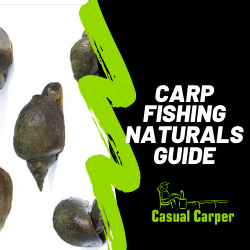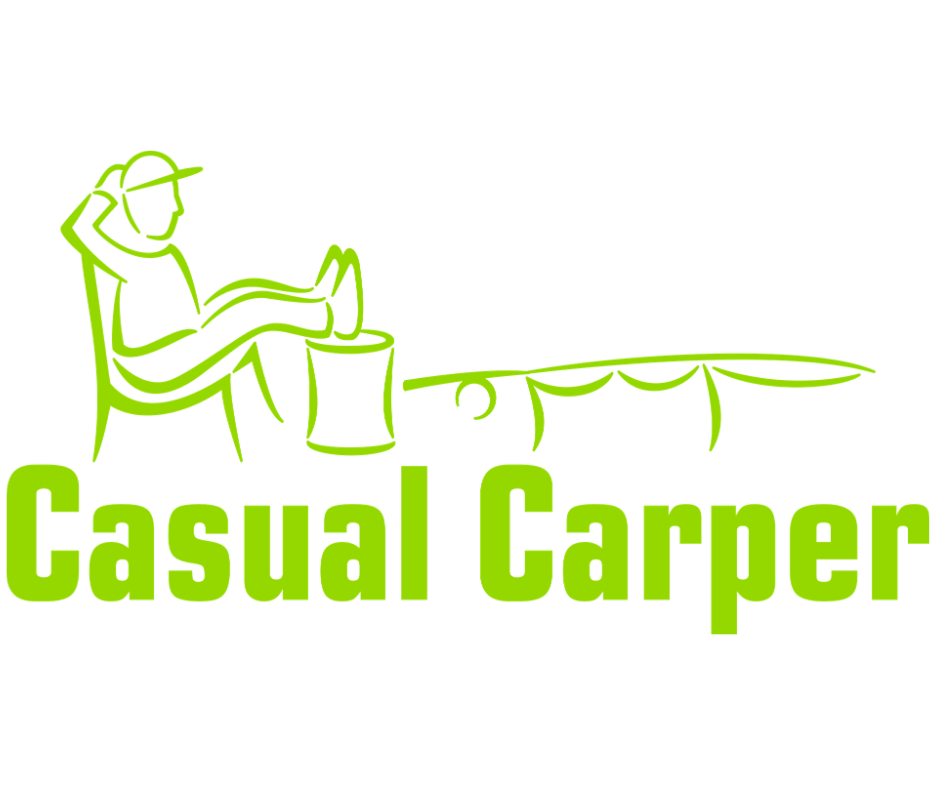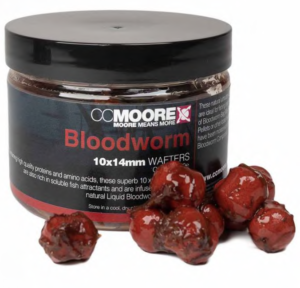
I hear a lot of people talking about naturals in carp fishing but I felt I knew very little about them. It is usually the case that I hear “It’s a tough water as they all feed on naturals”. So I set out with my Water Wolf underwater cameras to film at a lake I know that is full of naturals to record them and see what I could learn.
For this, I recorded around 60 hours of footage in various spots from weedy to clear to find what they were eating and where. What I found has caused me to rethink my whole baiting approach to these kinds of waters to better reflect what the carp are eating.
The Lake
The lake I filmed in is a small lake that is very weedy at most points. It is a private water that does not get fished very often, it is mainly used as a stock pond for the other lakes. in the summer the blanket weed is so thick that other than a couple of margins it is almost unfishable. The lake is on a natural underwater spring which keeps it flooded with fresh clear water.
Whilst it is only a small lake the weed and the spring make it perfect for naturals and for the carp. The stock consists of two low twenties that have never seen the bank and one high twenty that I have had out on the surface previously.
The cameras
I filmed this across my Water Wolf cameras, in some cases the footage is very clear and in others it’s a little murky as you would expect at the bottom of a lake!
Here is what a learned from 60 hours of footage.
My tips for fishing lakes with lots of naturals
1 – Not every clear spot has lots of naturals!
This one surprised me a little as there were only three clear spots in the lake. This leads me to assume that they would all be feeding areas for the carp, but this wasn’t the case. In two of the spots, there was a decent amount of naturals in the water but not loads.
In the third spot, I found I can only describe it as looking like an underwater disco for worms and invertebrates. On this spot, there were numerous worms, bloodworms and lots of other invertebrates. It was incredible to watch the amount of movement in the water in this area. It was behind a weed bed and very close to an island. It looked to me to be the area that the spring water was coming through into the lake. The nutrient-rich water would attract the invertebrates and in turn, it would attract the carp.
As a comparison, the other clear spots were visited by the carp around once every hour or two and on some days not at all. The spot that was packed with naturals was visited almost every half an hour where the carp would have a quick munch and then move on.
Unfortunately, other than using an underwater camera there is no way of telling this! My advice would be to focus on the clear spots where you are catching more if you don’t have a camera but that’s pretty obvious anyway!
2 – Most natural food is dark coloured
Some baits are much better suited to waters where naturals are present. Personally, my go-to bait is a white popup or wafter on a lot of waters, I like how it stands out and the carp can’t miss it. After reviewing all the footage I’d say that could be the worst choice of bait on this type of water.
In general, the foods the carp are eating are brown coloured or red colour. The darker colours are more like the larvae and the mites and the red as the worms and there is one small red mite that swims around usual within a foot of the bottom. I have not seen anything white or yellow or a washed-out colour in my filming.
To work from this I have started to use darker hook baits in these types of lakes. This has been the same with baiting up areas, I have gone from yellow baits to much darker baits and I have glugged them in the matching dark boilie glug. I’ve been baiting up with crumbed down glugged boilies in PVA mesh as most invertebrae are small.
I’d recommend something they are used to like these bloodworm wafters from CC Moore (Get them here)
3 – Nothing is a uniform shape!
There is nothing natural about a round bait on the bottom. I’m not saying you won’t catch on them though, just that you may catch more fishing other shapes.
For these kinds of waters, I’m now fishing darker trimmed popup and balanced wafters to more mimics natural foods. This helps the bait blend in more with what they are used to seeing and feeding on. The movement seems to be key as a lot of what they are eating naturally is moving.
4 – Most things move slowly
In general, the food in the water moves at a slow pace and can take minutes to move a few centimetres. This is the case for most of the invertebrate that lives on the bottom. The mites that swim in the water move quicker and in a more flick like movement in general.
To better mimic this in a bait, as mentioned above, a hinge rig would be my go-to rig. It blends but sits up a little and the rig allows for some natural movement in the water.
5 – Do some pond dipping or raking
Grab a small net and have a dip around in the margin. The best option is to sweep under any overhanging grass or around any weeds near the margin. This will show you what is in the water at that lake and you may find there is an abundance of a particular species. You can then use this to mimic in your baiting setup.
Alternatively, if allowed, throw out a rake and pull some weed into the side. Then drop it in a clear tub of lake water and give it a shake around. This will show you what is living amongst the weeds. The carp will feed on a lot of what you find.
What do carp naturally eat? (UK)
Carp have a very varied diet and as you may know, they will try to eat almost anything they see. You can see on YouTube people catching them on random hook baits such as Haribo and boiled sweets.
Carp are omnivores and will eat a mix of invertebrates as well as some plants and algae.
Here’s a guide to some of the invertebrates that are naturally in a carp’s diet. Some of these are in the video above showing how they behave underwater. Some of these I haven’t caught on camera as they will vary lake by lake.
- Bloodworm
- Snails
- Caddisfly larvae
- Worms
- Freshwater clams
Opportunist list
As well as the standard invertebrates there are a number of things carp will eat if they see them –
Dragon flys or damsel flys
Fruits or berries that land in the water


Thanks for sharing tips
Very good information thanks njoy your vision on your experience. Have plenty of tyte lines